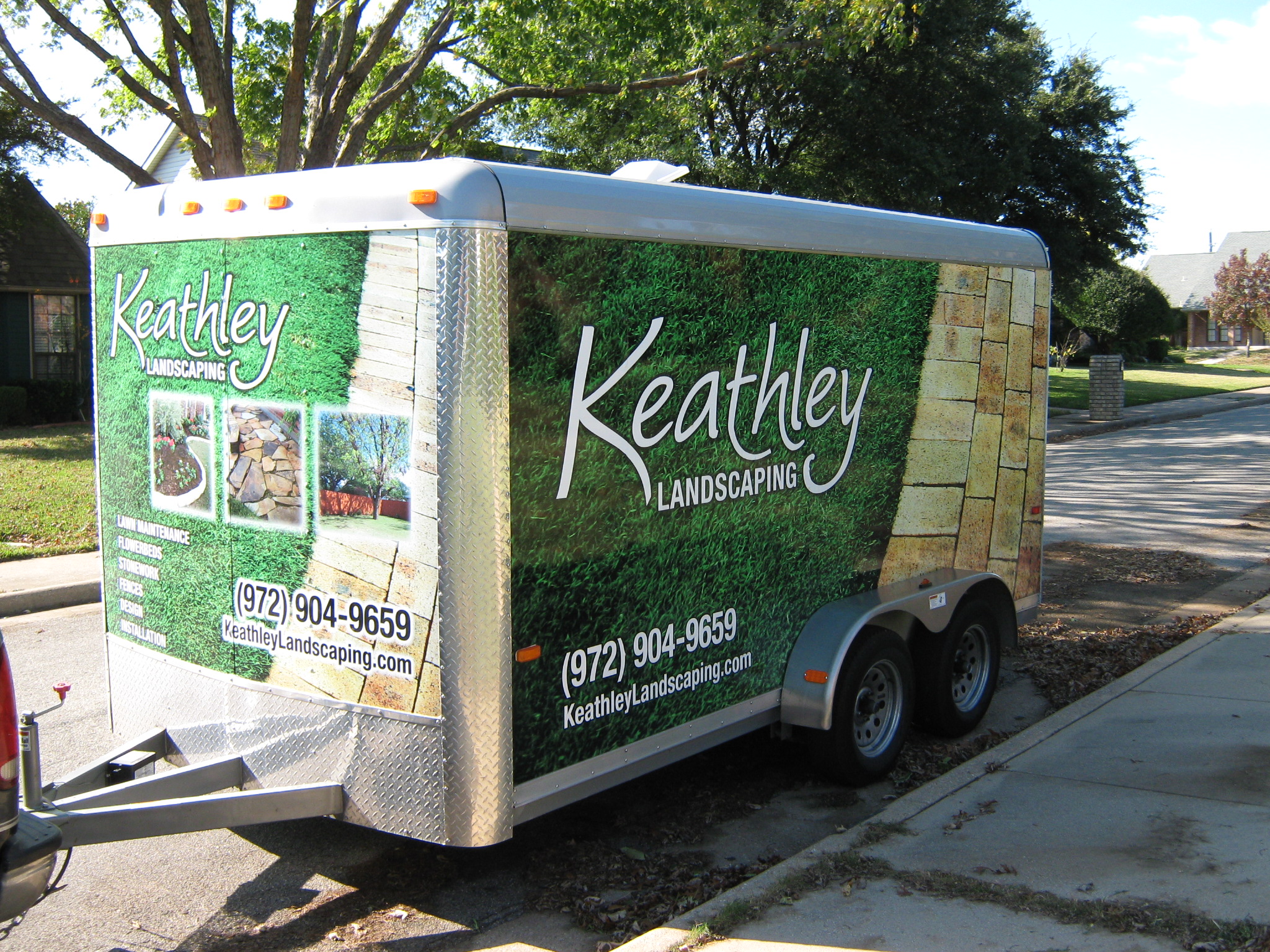Sod Installation: How to Incorporate Native Plants 🌱
Transforming your yard into a lush, green paradise is a dream for many homeowners. However, achieving this dream isn’t just about laying down some sod and calling it a day. Incorporating native plants into your sod installation can enhance the beauty of your landscape while promoting local biodiversity. Let’s dive into the art of integrating native plants with your new sod installation!
Table of Contents
1. Why Choose Native Plants? 🌿
2. Preparing for Sod Installation 🚜
3. Selecting the Right Native Plants 🌼
4. Tips for Planting and Maintenance 🛠️
5. Conclusion: Enjoying Your Eco-Friendly Lawn 🌱
6. FAQ 🤔
Why Choose Native Plants? 🌿
Native plants are naturally adapted to local environmental conditions. They require less water, fertilizer, and pesticides, making them an eco-friendly choice for your garden. By incorporating native plants, you’re not only creating a sustainable landscape but also providing a habitat for local wildlife. Plus, they add a unique charm and diversity to your yard that exotic plants simply can’t match.
Preparing for Sod Installation 🚜
Before laying sod, it’s crucial to prepare your soil properly. Start by removing any existing grass or weeds. This can be done using a sod cutter or by hand if the area is small. Next, test your soil to determine its pH level and nutrient content. This will help you decide if you need to amend the soil with compost or other organic materials. Once your soil is ready, you can proceed with laying the sod.
Selecting the Right Native Plants 🌼
Choosing the right native plants involves understanding your local climate and soil conditions. Visit a local nursery or consult with a landscape professional to identify plants that are native to your area. Some popular options include:
– **Black-Eyed Susan**: Bright yellow flowers that attract pollinators. 🐝
– **Purple Coneflower**: Known for its resilience and beautiful purple blooms.
– **Switchgrass**: A hardy grass that adds texture and movement to your garden.
– **Wild Geranium**: Offers lovely pink flowers that thrive in shaded areas.
Tips for Planting and Maintenance 🛠️
Once you’ve selected your plants, it’s time to integrate them with your sod. Plant native species in clusters to mimic natural growth patterns. Make sure to space them according to their mature size to avoid overcrowding. Regularly water the plants until they are established, and apply mulch to retain moisture and suppress weeds. Maintenance is minimal with native plants, but occasional trimming and weeding will keep your garden looking its best.
Conclusion: Enjoying Your Eco-Friendly Lawn 🌱
By incorporating native plants into your sod installation, you’re creating a beautiful and sustainable outdoor space that supports local ecosystems. Enjoy the vibrant colors, diverse textures, and the satisfaction of knowing your yard is environmentally friendly. Happy gardening! 🌼
FAQ 🤔
Q1: How do I know which native plants are right for my yard?
A1: Consult with a local nursery or landscape professional who can provide insights based on your specific climate and soil conditions.
Q2: Can I mix native plants with non-native ones?
A2: Yes, you can mix them, but focus on ensuring that the non-native plants are not invasive and can coexist with the native species without outcompeting them.
Q3: How often should I water my native plants?
A3: Once established, native plants typically require less water. Initially, water them regularly until they adapt to your yard’s conditions.
Q4: Do native plants attract pests?
A4: Native plants can attract beneficial insects, which can help control pest populations naturally.
Q5: Is it expensive to switch to native plants?
A5: While the initial cost might be comparable to non-native plants, native plants tend to save money in the long run due to lower maintenance and water requirements.





































Recent Comments